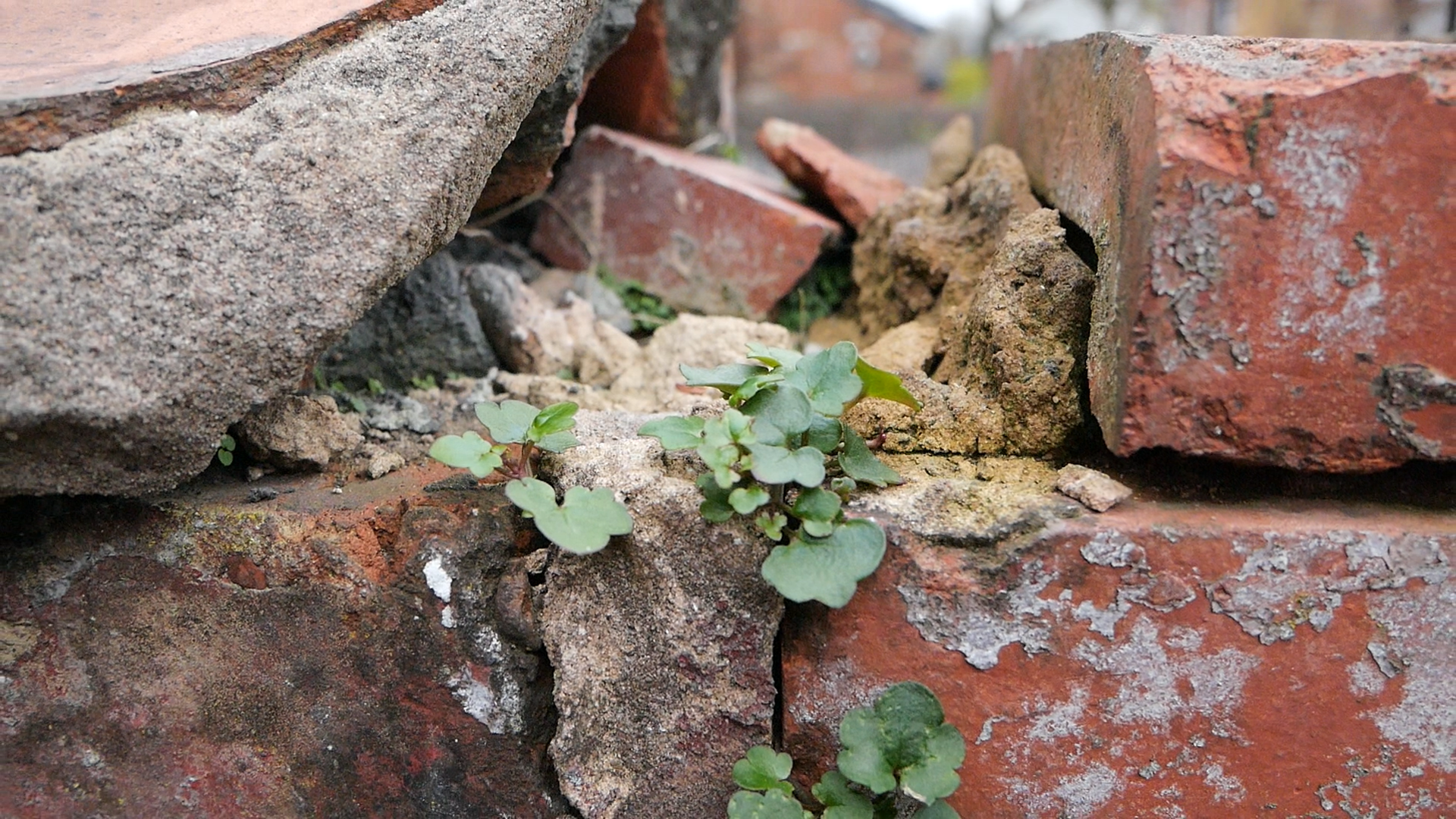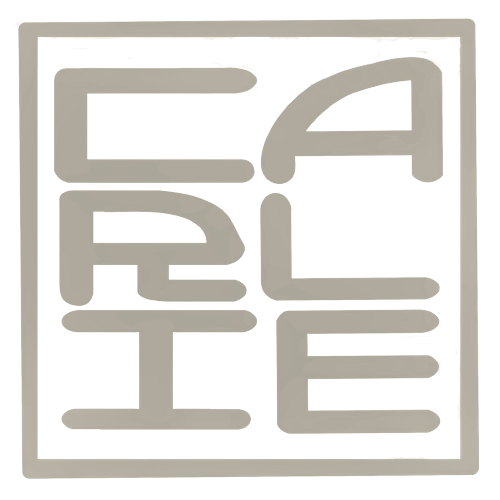




'Wildness,' Katie Spragg (2016)
‘A Ripening Surveillance’ Cummings (2018) ‘This was now,’ Cummings (2020)
'Fault' Camden Arts Centre, Phoebe Cummings, 2013
'Sand, Wind and Tide Series,' Boyle family, 1969
'Hand Pressed Souvenirs,' Nicole Seisler 2009
‘Metamorphoses,’ Irina Razumovskaya (2015)
'Melt,' Irina Razumovskaya (2019)
'Perspectives of Time,' Harriet Hellman (2020) Photograph; Ole Akhoj
'Trimetric Black Cast' Morgan Shimeld, cast bronze, black patina
'Constructed Form,' Derek Wilson (2020/21)
'Time and Space,' Bodil Manz (2014)
'Textural change glasses,' Moe Redish (2021)
'Fluxing Red,' Ho Lai (2021)
'B-set,' Hella Jongerius (1997)
'Terraforms,' Jamie North (2014)
'My one eyed cat,' Pam Su (2018)
‘The St David’s Collection,’ Cicely Peers (2021)

